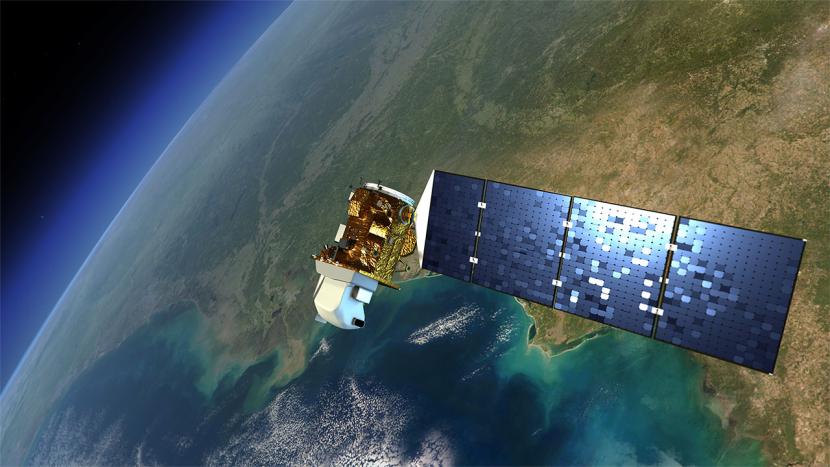Sönke Dangendorf
A new study by researchers in Old Dominion University's Department of Ocean and Earth Sciences suggests there has been an unprecedented weakening in the flow of the Gulf Stream since the 1990s.
The study by Tal Ezer and Sönke Dangendorf was published in the journal Ocean Science, the major open-access oceanographic journal of the European Geosciences Union.
Its key finding may be important for the future of our region because weakening of this major ocean current has been linked in past studies with accelerated sea level rise and increased flooding.
The study utilized a global sea level reconstruction dataset developed by Dangendorf and collaborators, providing global monthly sea level for the years 1900-2015. This dataset is based on complex statistical optimization merging hundreds of tide gauge records, satellite altimeter data and various geophysical datasets and models.
Since direct measurements of the Gulf Stream are available for only a few decades, this century of additional calculations provides a unique opportunity to study long-term variations in ocean currents and regional climate change impacts.
"In this study, we had two goals in mind," Ezer said. "First, to demonstrate the usefulness of global reconstruction sea level data for studies of regional changes in ocean dynamics, and second, to examine if the recent weakening in the Gulf Stream could be just coincidence or natural oscillations."
Statistical analysis showed that the recent decline in the Gulf Stream was extremely unusual, so it was not likely to have occurred by chance. Indications were found to suggest that the Gulf Stream weakening may be linked to potential decline in the Atlantic Meridional Overturning Circulation (AMOC). Future projections from climate models consistently indicate that the AMOC stands to weaken further, and further raising sea levels on the Atlantic coast of the U.S.
Therefore, Ezer suggests that more observations and more modeling studies are needed, to fully understand how recent rise in coastal sea levels is related to climatic changes in large-scale ocean circulation patterns, and what the future of these currents will hold globally and locally.
Ezer came to ODU in 2007, after spending almost 18 years at Princeton University, where he started studying and simulating the Gulf Stream more than three decades ago. When Dangendorf joined ODU just a year ago from the University of Siegen in Germany, he brought with him new data and knowledge to fuel opportunities for collaboration on new research on the Gulf Stream and sea level that were not previously possible.
This collaborative work is part of ODU's initiatives in climate change and sea level research, including the recently established established Institute for Coastal Adaptation and Resilience (ICAR), which partly supported the study.
Related News Stories
Solving Real-World Problems from Space
ODU and the University Innovation Exchange Space Initiative are using satellite data to address a host of issues. (More)
ODU Researchers Lead Team Winning NSF Grant to Research Real-Time Flood Notification System for Motorists
Khan Iftekharuddin is lead investigator for the multi-disciplinary, multi-university team. (More)
Larry Atkinson, Pioneering Oceanographer Who Helped Build ODU’s Program, Dies at 79
President Broderick called him “one of the most influential people in ODU’s history.” (More)







